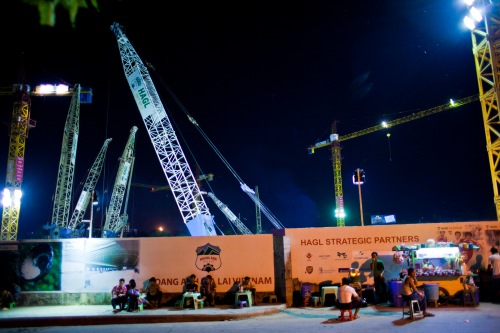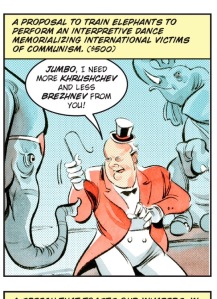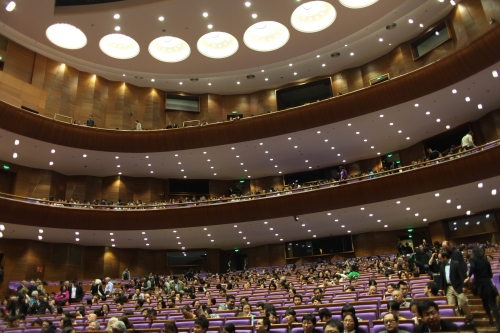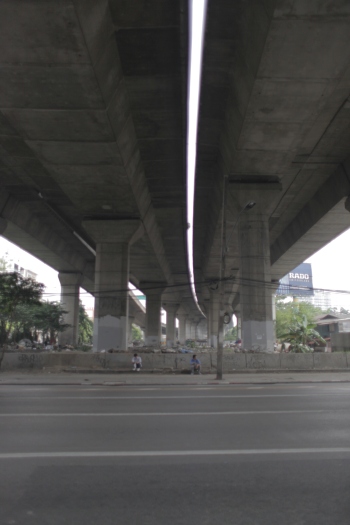
In the north end of Yangon, just around the corner from where I’m staying in the Pyin Nya Waddy condos, a commercial work site I’m told is one of the largest in Myanmar history has sent pastel-coloured cranes soaring above No. 1 Industrial Road, and their lights blaze there, the generators rumbling, late into the night. The cranes, maybe a half dozen of them, pivot, lean dramatically, and seem to gesture, and by their lights, just below and on the opposite side of the construction fence, ordinary Yangon life goes on.
Al fresco dining, off miniature plastic tables and shower stools, caters to the truckers who stop here—they eat, pick up their quids of betel nut, then climb to the roofs of their cabs in their lungi skirts and doze below the dazzle of insects reflecting the halogen glow above.
They will fix you something if you stop at the outdoor kitchen, a buck for long-grain rice laced through with nuts, a chili paste, beef or pork with the consistency of jerky, and a soup of leaves with a pungent, fermented taste.
Close by, the betel nut vendor assembles the teabags of leaf and areca, slathered in the blindingly white industrial lime paste, and you will see the product of this habit, the thick syrup of red-stained saliva, expertly aimed into gutters and from taxi windows everywhere. But here the vendor permits me to photograph the ritual of bagging the doses, and I notice his mouth is clean, and not dyed the blood colour, the gums not dissolved around the enamel like so many of his clients.
Everything is changing here, fast, and the reality of last week is replaced by the urgency of now and then forgotten. There is the strange co-existence of the novel and the nostalgic. Not long ago there were no ATMs. When they arrived you could not use them to draw on foreign accounts, but you had to arrive at the airport saddled with wads of pristine American dollars for changing to kyat, the local currency. Now the machines will take your bank card, and the American dollar appears near to obsolete (although the money changers still hustle along Sule Pagoda Road outside of Traders Hotel, the expat hub).
Much of this change is painful. Yangon is now the most expensive city in Southeast Asia, with commercial rents outstripping Singapore, even downtown Manhattan (a phenomenon well covered by Bloomberg here). The developer working on the site by me, a five minute walk from where Aung San Suu Kyi spent 15 years under house arrest in a property on Inya Lake, sought to billet some of its employees at my condo, threatening to triple the rent there.
Therefore locals are increasingly pushed out—by the likes of me, willing to pay top dollar for a little room, and I think of this as I jog around Inya Lake, threading my way through the couples walking hand in hand under parasols, a weirdly old-fashioned, enchanted scene. Traffic clogs the street, and the politics, widely advertised as leaning toward transparency, remain opaque. “Nationalist panties in stores now!” reads graffiti down the street, an umbrella—or is it a parasol?—painted alongside that apparent poem like a massive punctuation mark, and I am eager to know what it means.









